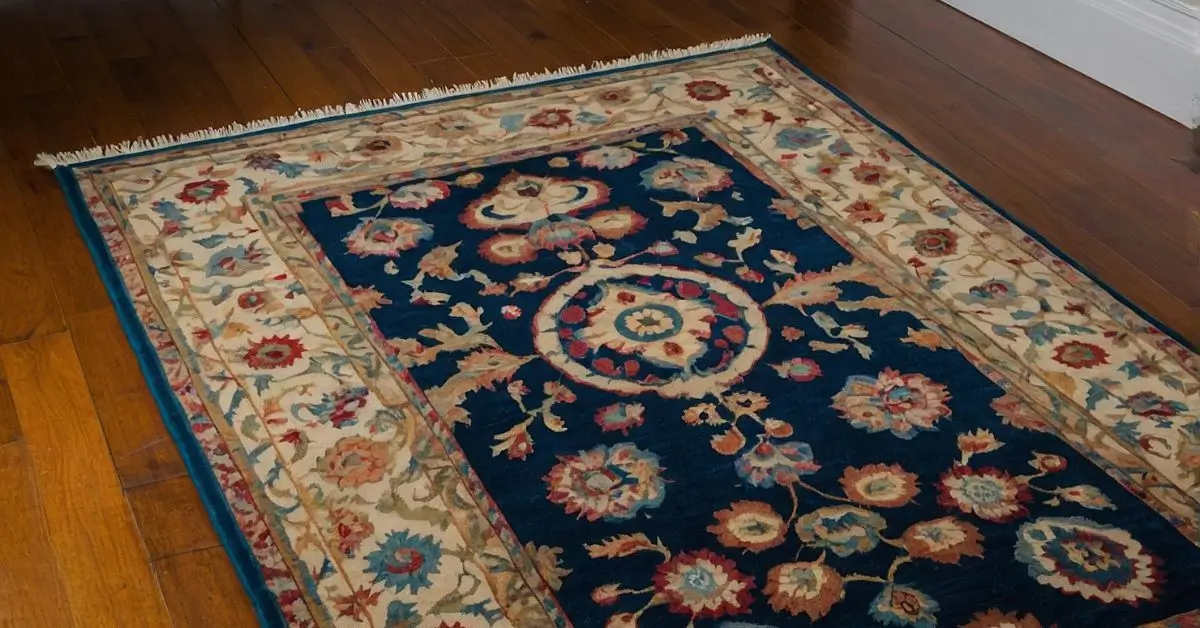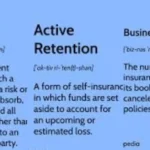Rugs are essential elements of interior design, bringing warmth, comfort, and style to any space. However, whether it’s a new purchase, a rug that’s been in storage, or a piece that has just been washed, a wrinkled or curled rug can become a common frustration. Having a rug that lays flat not only looks aesthetically pleasing but also prevents tripping hazards. In this comprehensive guide, we’ll explore effective methods to flatten a rug and keep it looking its best. We will also cover preventative steps and maintenance tips to ensure your rug remains in prime condition.
Why Rugs Curl or Wrinkle
Understanding why rugs wrinkle or curl at the edges can help you choose the most effective method to flatten them. The causes may vary from the rug’s materials to external environmental factors.
- New Rugs: Many rugs, when purchased new, come tightly rolled or folded. As a result, creases and curling occur when they are unrolled.
- Humidity and Temperature Changes: Natural fibers in rugs, such as wool or cotton, react to humidity and temperature. In damp conditions, these fibers may swell, causing the rug to buckle or wrinkle.
- Furniture Pressure: Heavy furniture sitting on one portion of a rug over time may cause that section to stay flattened while other areas start to rise or ripple.
- Traffic Patterns: Continuous foot traffic in certain areas may lead to uneven wear, causing the rug to shift or ripple.
- Inadequate Underlay: Without proper support, rugs may move or stretch, leading to curling edges or wrinkles.
Immediate Fixes for Flattening a Rug
When dealing with a wrinkled or curled rug, several quick methods can help it return to its original shape. These methods can vary depending on the rug’s size, thickness, and material.
Reverse Rolling
One of the simplest solutions for a rug with curling edges or wrinkles is to roll it in the opposite direction. For example, if the corners curl upwards, roll the rug tightly with the top surface on the inside. This method is effective for most lightweight rugs, including those made from synthetic materials or jute.
Steps:
- Roll the rug in the opposite direction of the curl.
- Secure the rolled rug with straps or large rubber bands.
- Leave the rug in this position for a few hours to a couple of days, depending on the material.
- Unroll the rug and check if it lies flat.
Weight Application
For stubborn wrinkles or curled corners, applying weight is another fast-acting method. You can use heavy objects like books, furniture, or even workout equipment (e.g., dumbbells).
Steps:
- Place the rug on a flat surface.
- Lay heavy objects over the wrinkled or curled sections.
- Let the weight sit for 24–48 hours.
- Remove the objects and check the results.
If you prefer not to use heavy objects, a similar technique involves using rug pads. Rug pads not only help keep your rug flat, but they also add comfort, grip, and protection for the floor underneath.
Heat Treatment with an Iron
Applying heat is an excellent way to remove wrinkles and curled edges, particularly for wool and synthetic rugs. However, be cautious when using heat on delicate rugs, such as silk or antique rugs.
Steps:
- Lay a damp cloth or towel over the wrinkled section of the rug.
- Set your iron to medium heat.
- Gently iron over the towel, applying even pressure.
- Be careful not to leave the iron in one spot for too long to avoid damaging the rug.
- Once done, remove the towel and let the rug cool.
Steam Cleaning
Steam cleaning is another effective way to flatten a rug, especially for larger rugs that are difficult to handle manually. Steam helps relax the fibers, allowing them to return to their original shape.
Steps:
- Use a steam cleaner, making sure to follow the manufacturer’s instructions.
- Slowly run the steam cleaner over the entire rug.
- Let the rug dry completely after steam cleaning.
- Place heavy objects or weights on the corners to ensure they remain flat.
Using a Rug Pad
Investing in a high-quality rug pad can do wonders for maintaining the rug’s shape and keeping it flat. Rug pads offer cushioning, prevent slipping, and distribute weight more evenly, thus preventing wrinkles and curling.
Steps:
- Choose a rug pad that suits the size and type of your rug.
- Place the pad under the rug, ensuring it fits snugly.
- Smooth out any remaining wrinkles or curls.
Long-Term Solutions
If the immediate fixes aren’t enough to flatten your rug permanently, you may need to consider more long-term strategies.
Rug Tape and Grips
Double-sided rug tape can help secure the rug to the floor, particularly in high-traffic areas. Adhesive rug grips are also effective for preventing movement and maintaining a flat surface.
Steps:
- Clean the floor where the rug will be placed.
- Apply the rug tape or grips to the corners and edges of the rug.
- Press the rug firmly onto the floor to ensure a good bond.
Carpet Tack Strips
If you are dealing with a large area rug that continuously wrinkles, consider using carpet tack strips. These strips are nailed into the floor and keep the rug securely anchored.
Steps:
- Place tack strips along the edges of the rug.
- Nail the strips into the floor (if possible).
- Lay the rug on top, ensuring it sticks to the tack strips.
Rug Restructuring
For antique, heirloom, or particularly expensive rugs, professional restructuring may be the best solution. Rug experts can assess the damage and correct wrinkles, curling, or warping without compromising the rug’s integrity.
Caring for Different Types of Rugs
The method you choose to flatten a rug should take into consideration the rug’s material. Different fibers require specific treatments to avoid damage.
Wool Rugs
Wool rugs are durable but sensitive to heat and humidity. If your wool rug wrinkles, avoid high heat and excessive moisture. Instead, opt for weight application or steam cleaning with low heat.
Synthetic Rugs
Synthetic rugs, such as those made from nylon, polyester, or polypropylene, can generally withstand more aggressive treatments. Ironing and steaming work well for these materials.
Natural Fiber Rugs (Jute, Sisal)
Natural fiber rugs are prone to curling and wrinkling due to their rigid structure. Reverse rolling and weight application are the most effective methods for these rugs.
Shag Rugs
Shag rugs have longer fibers, which makes them more delicate. Avoid direct heat, as this can damage the fibers. Instead, use steam cleaning or place a rug pad underneath.
Preventing Rug Wrinkling
Prevention is key to keeping your rug looking flat and neat. Here are some tips to prevent rug curling and wrinkling in the future.
Proper Installation
When placing a rug, make sure it is properly aligned and laid out on a smooth, clean surface. Avoid dragging the rug across the floor, as this can cause stretching.
Rotating Rugs Regularly
Rotating your rug every few months can prevent uneven wear and wrinkling. This is particularly important for rugs placed in high-traffic areas or under heavy furniture.
Using Non-Slip Pads
Rug pads help keep your rug in place, prevent slipping, and distribute pressure evenly across the surface, all of which help avoid curling and wrinkles.
When to Call a Professional
If your rug is particularly valuable, delicate, or large, it might be worth seeking professional help. Experts can use specialized equipment and techniques to restore the rug to its original flat condition without causing any damage.
Conclusion
Flattening a rug can be a straightforward process when the right methods are used, from simple fixes like reverse rolling and applying weights to long-term solutions like rug tape or professional restructuring. Understanding the cause of wrinkles or curls and choosing the appropriate method for your rug type will ensure a smooth, flat surface that enhances the aesthetics of your space. Additionally, taking preventative measures and maintaining proper care can keep your rug looking pristine for years to come.











